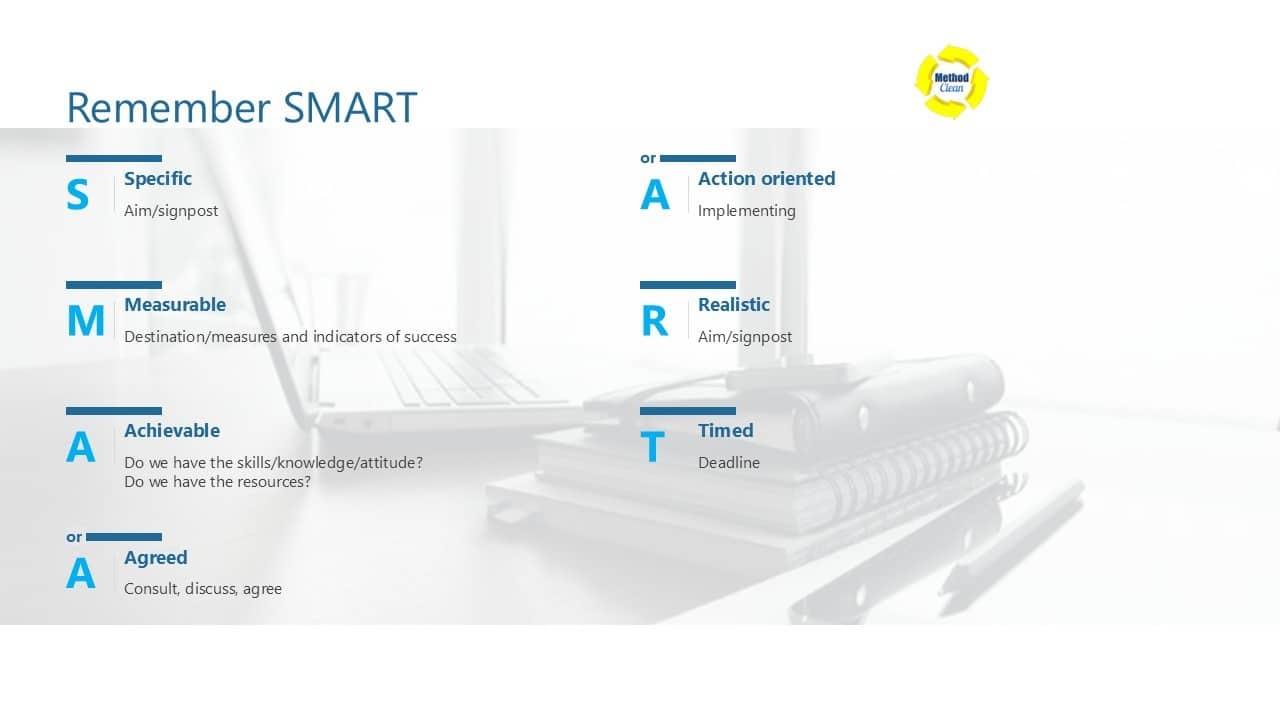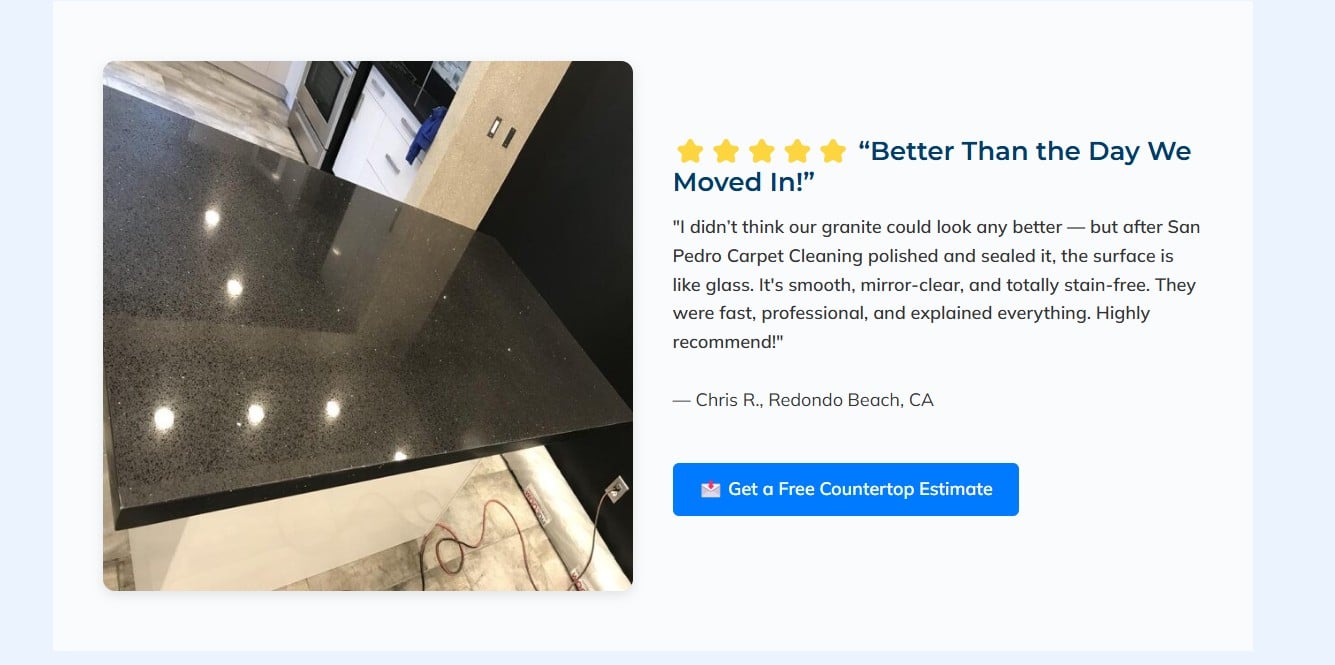How To Create Winning Promotions for Your Cleaning Service
🎯 Running a successful cleaning business isn’t just about top-notch service — it’s about visibility, timing, and knowing how to connect with your ideal client through promotions that convert.
🧠 From discount packages to seasonal campaigns, your promotional strategy can mean the difference between a quiet schedule and a fully booked calendar. But great promotions don’t happen by accident — they require clear goals, smart messaging, and the right platforms to match your audience’s mindset.
📈 In this guide, we’ll explore how to create effective promotions for your cleaning business — and more importantly, how to position them across channels like Google, Facebook, email, and your website.
✔️ Want your social promotions to stand out? Take a look at high-performing Facebook content strategies tailored specifically for cleaning companies.
✔️ Looking to capture more leads through search? Apply these Google Ads campaign tips for local service businesses to make the most of your budget and reach high-intent customers.
🚀 Let’s get into how to build, structure, and measure your cleaning promotions to drive real growth — starting with understanding your clients and their budgeting mindset.
The Psychology Behind Promotions: Why Clients Respond to Smart Offers
Promotions work best when they align with how clients think about their money — whether they see cleaning as an essential, a luxury, or a seasonal treat. This concept, often referred to as “budgeting mindset,” is rooted in behavioral psychology and helps explain why some promotions succeed while others get ignored.
Using the SMART framework — Specific, Measurable, Achievable, Realistic, and Timed — helps you create promotions that connect with those mindset categories and feel like low-risk, high-value decisions for your clients.

Use SMART goals to align your cleaning promotions with client decision-making behavior.
Define exactly what the promotion aims to accomplish (e.g., 15% off deep cleans for new customers).
Set a clear metric — how many leads, bookings, or redemptions will count as success?
Do you have the staff and scheduling availability to handle the increase?
Is the offer financially viable and sustainable with your current pricing model?
Attach a clear deadline to create urgency and encourage faster action.
Choose the Right Platform for Your Cleaning Promotions
Every platform serves a different purpose — from capturing high-intent buyers to re-engaging old clients or building long-term visibility. This visual guide will help you understand where each promotional effort works best.
🔎 Google Ads
Capture clients actively searching for cleaners.
📣 Facebook & Instagram
Great for visual promos, seasonal deals, and social proof.
📬 Email Marketing
Perfect for loyalty rewards, rebooking, and nurturing clients.
🌐 Website SEO
Drive organic traffic and showcase evergreen promotions.
🎥 YouTube Videos
Great for showing results, demos, or behind-the-scenes cleaning footage.
📚 Blogging & Long-Term SEO
Educate and attract high-quality leads over time.
How to Plan and Launch a Successful Cleaning Service Promotion
Promotions aren’t just about offering discounts — they need structure. Follow this simple process to create a promotional campaign that aligns with your goals, stays profitable, and delivers results across platforms like Google, Facebook, and email.
- Define Your Goal: Is your goal brand awareness, lead generation, or immediate bookings? Set a SMART goal — like “20 new client signups in 30 days.”
- Choose Your Offer: Decide between percentage discounts, fixed-price bundles, or seasonal specials. Check profitability using a break-even calculator.
- Pick the Right Platform: Use Facebook or Instagram for visual campaigns, Google Ads for search intent, and email to re-engage previous clients.
- Write Your Message: Focus on benefits + savings. Include a clear call-to-action and a time-sensitive deadline.
- Design the Offer Page or Post: Use a landing page, flyer, or social graphic that matches your brand. Add a contact form, booking button, or phone number.
- Launch & Track Results: Monitor performance using Google Analytics, CRM, or UTM tracking. Adjust if you’re not hitting your benchmarks.
Craft Messages That Convert
🎯 Focus on Benefits + Savings
Clients don’t just respond to discounts — they respond to value. The best promotional messages highlight what the client gains: more time, a healthier space, improved appearance, and peace of mind. Combine that with cost savings and you’ve got a compelling offer.
- ✨ “Book now and save 25% on your first deep clean.”
- 🧼 “Restore shine and freshness — schedule this week and get $50 off.”
- 📅 “Need a pre-holiday cleanup? Lock in a discounted rate today.”
Here's a visual example of a high-performing landing page that clearly communicates benefits, urgency, and a strong call to action:

📸 Effective promo landing pages focus on benefits and drive action.
Promotion Profitability Calculator
Use this calculator layout to understand how promotions impact your bottom line. Calculate how many additional jobs you’ll need to stay profitable after applying discounts and marketing costs.
📊 Current Business Snapshot
# of Current Jobs: 20
Current Profit Margin: 40%
Discount Offered: 20%
📉 After Discount Applied
New Profit Margin: 32%
Required Volume Increase: 25%
💸 Marketing Investment
Fixed Monthly Marketing Spend: $1,000
📈 Break-Even Forecast
Jobs to Break Even: 25
Total Jobs to Cover Costs: 30
FAQs: Running Promotions for Your Cleaning Business
💸 How much should I discount my services?
🎯 Which is better: percentage off or dollar off?
📉 What if I run a promo and don’t get results?
🧠 Should I promote cleaning as a luxury or essential service?
🧮 How can I track if my cleaning promotion is profitable?
Related Topics to Boost Your Cleaning Business
Promotions are only one part of a growth strategy. Explore these related guides to improve your cleaning service’s website performance, search visibility, and local ranking across multiple Google entry points.
🖥️ Design That Converts
Discover how to structure your site to build trust and capture more leads with ease.
🔍 Fix Common SEO Gaps
Many cleaning companies overlook one major SEO opportunity. Find out what it is and how to fix it.
📈 Google Search Real Estate
Learn which 7 search types you should be ranking for — and how to claim more Google territory.
Want Promotions That Actually Convert?
Whether you're launching a new campaign or refreshing your online presence, we help cleaning businesses turn clicks into clients. Explore real examples or schedule a free strategy session today.
🧼 See Our Website Portfolio 📅 Book Your Free Strategy Call